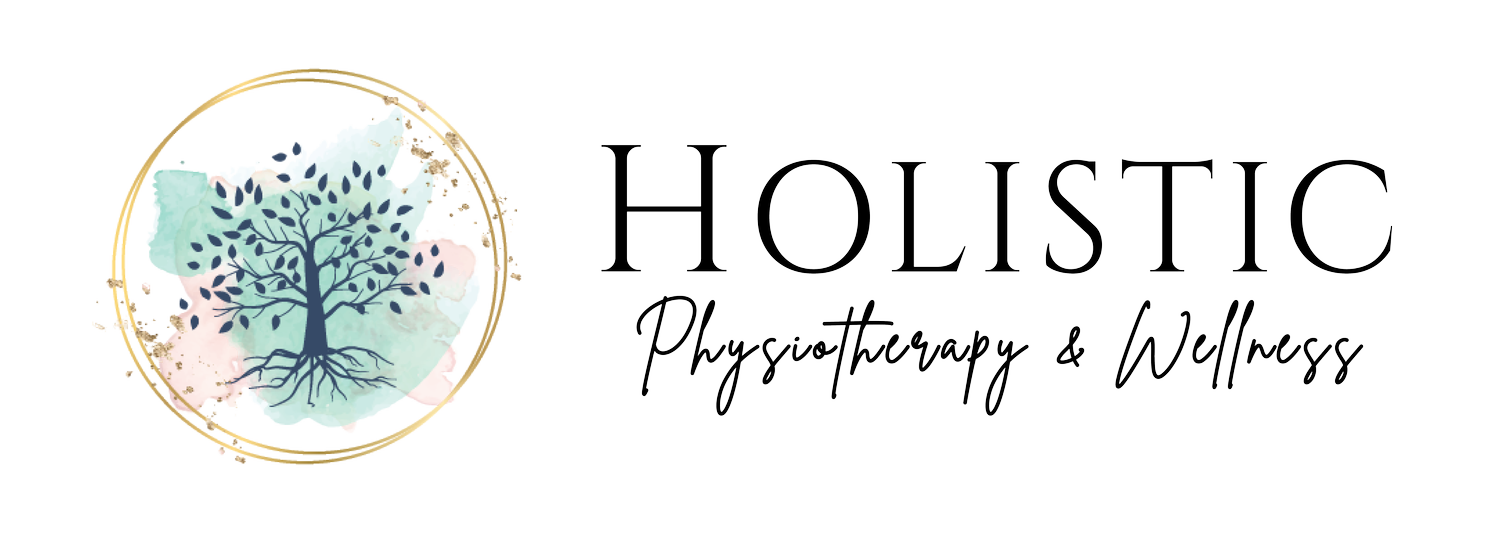New Moms on the Move
By Lindsey Tasker Cole
Physiotherapist, Pelvic Health Therapist | April 10, 2023
Dear New Mom,
Your body has been through so much. You grew an entire human being! You labored to bring that person into the world, and now you spend all day every day feeding, rocking, and loving that little baby. Your breasts may feel swollen, your pelvic area is healing, and the space between your hip bones and your ribs just feels like jelly where there should be muscle.
For many new parents, the idea of exercising again feels overwhelming and out of reach. Yet, it’s important that we care for our bodies, especially in this unpredictable postpartum state. I’m here to tell you that you absolutely can start moving again. In fact, you should start moving again. And rest assured, you can start slow and go safely forward.
During your pregnancy, doctors probably ran test after test, checked you for everything from gestational diabetes to Group B Streptococcus. After the baby, not so much. You’re sent home with a squirt bottle, some painkillers + stool softeners, and a tiny human. We don’t get much medical advice for recovery. We aren’t taught how to care for ourselves and regain the strength in our core and pelvic region. This is where we come in! Every women should be referred to pelvic floor physiotherapy as the gold standard for postpartum rehabilitation and recovery.
Did you know that you have the power to heal progressively through exercises that gently target the parts of your body most deeply affected by pregnancy and birth? Get muscle tone back in your middle and rebuild strength in your pelvic floor. The ‘baby steps’ you take today will make a return to the more intensive activities you love – like running, tennis, or Zumba!
For the ultimate support for postpartum recovery, I can’t recommend the GrowCo Postpartum Rehab Series enough. I teamed up with my amazing colleagues to create this 8-week on-demand program just for new moms like you, who might be scared to get started but want to feel like themselves again. We go through everything you need to know, from how to retrain your core muscles and recover from pelvic organ prolapse to “mommy thumbs” and diastasis recti. We even offer advice on your safe return to high-impact activity.
In the meantime, there are some simple, gentle movements you can do on your own to start recovering. As always, go at your own pace, stop if something doesn’t feel right, and call your friends here at Holistic Physiotherapy & Wellness for individualized support for your post-baby body.
Walking: If you had an uncomplicated pregnancy and birth, you should be able to take short, slow walks within a few days of delivery – or whenever you feel ready. It’s low-impact and safe for just about anyone at any time. Babies usually enjoy a stroll in the fresh air too, so ahead and get out the stroller or the carrier and go around the block a time or two. Listen to your body and rest the moment you feel any aching in your perineum, low back, abdomen and pelvis.
Pelvic Floor Exercises:
Kegels – You’ve probably heard of these before, but you might not be doing them correctly. You’ll want to coordinate your breath with pelvic floor muscles. Try to imagine picking up a blueberry with your vagina on an exhale and hold it for 5 seconds. Put the blueberry down slowly and gently on the inhale. And try not to squash it! 3 sets of 10 per day will help your pelvic floor gain strength.
Happy Baby – Yes, we hope your baby is a happy one, but right now we’re talking about the yoga pose. Lie on your back with your knees in towards your chest, feet parallel to the ceiling. Use your elbows to add a gentle downward pressure on your thighs and hold onto the outsides of your feet or ankle. This yoga pose can help stretch those tight pelvic muscles for a gentle stretch that relieves pressure.
Pelvic Tilt – Lie flat on your back with your knees bent and gently press your pelvis upwards. Hold for 10 seconds for 10 repetitions to strengthen those abdominal muscles.
A trained physiotherapist can walk you through all these and more and ensure that you are moving correctly, in ways that will heal, and not harm, your recovering body. Movement and exercise play a starring role in the pentagon of wellness and we want your body to regain all of its strength. You’ll need it to keep up with the baby when they start crawling, walking, and zooming around the yard!
Lindsey Tasker Cole
Physiotherapist, Pelvic Health Therapist


